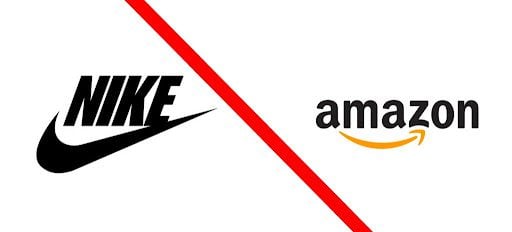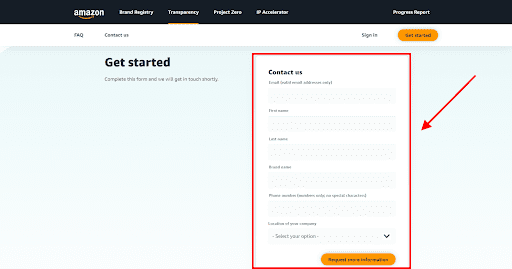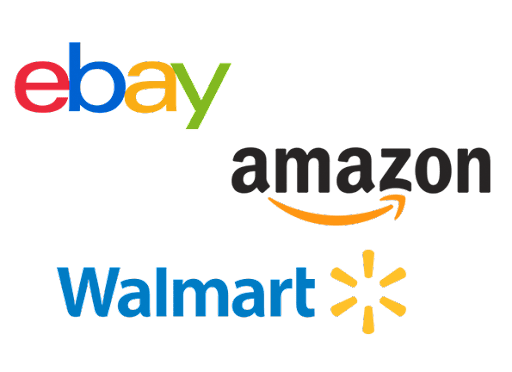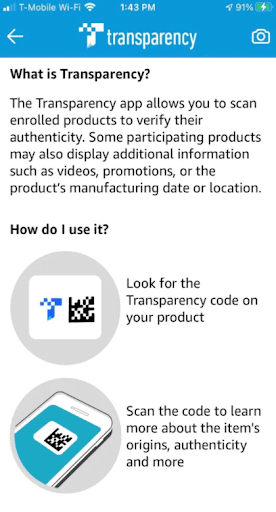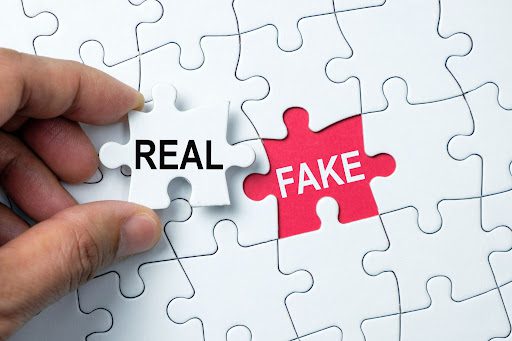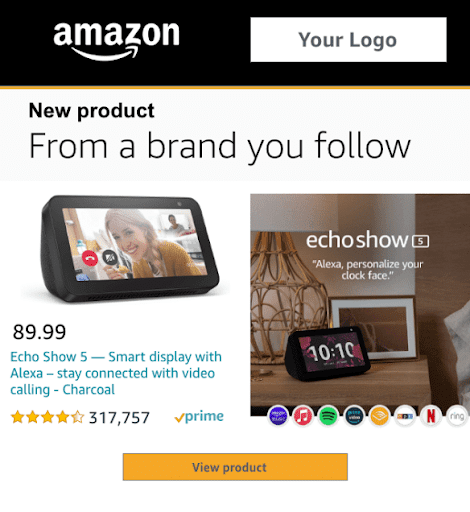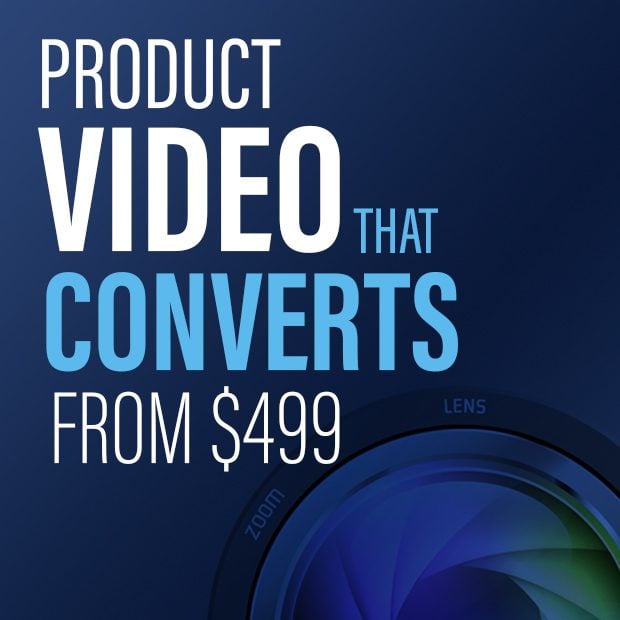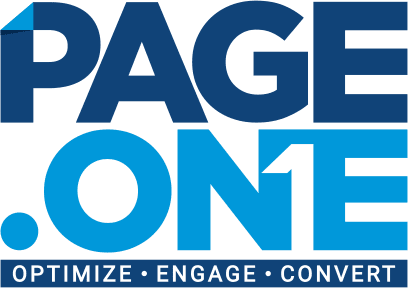Amazon’s Transparency Program: How to Protect Your Products from Counterfeiters
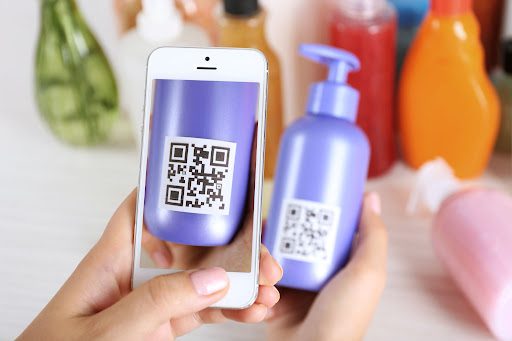
Counterfeiting has been a problem on Amazon for years. It takes form in several ways, but in its most basic form, a seller sells a fake version of your product at a lower price.
Thus, they profit from your brand image and marketing without having to do any of the upfront work.
Over the years, Amazon has made an effort to reduce counterfeiting. One way they’ve done this is through their Transparency program.
Amazon describes Transparency as “a product serialization service that helps identify individual units and proactively prevent counterfeits from reaching customers.”
Transparency was launched in 2017, but the rollout has been slow. Recently, Amazon has increased the number of invitations they send out. While the program has been out for several years, some sources say brands have been slow to adopt it.
Transparency is one of Amazon’s biggest pushes to protect brands from counterfeiters.
Back in November of 2019, Nike confirmed that they were no longer selling on Amazon.
The reason for the change was that Amazon’s promise to protect against unauthorized distributors selling on the platform and counterfeits didn’t live up to Nike’s expectations.
Counterfeiting is a major issue because it can tarnish a brand’s name and cause them to lose out on money—in the short term and long term.
Imagine you bought a bottle of Neutrogena face wash. It arrived at your house and looked like the original bottle. After using the face wash for a day or two, for example, you noticed it dried out your skin. This interaction with the brand (or so you thought) might motivate you to leave a negative review saying how Neutrogena must have changed their formula because now it dries out your skin.
That sort of negative feedback isn’t fair to brands. And this problem isn’t only exclusive to large brands either. If you sell on Amazon, and you want to protect your brand name and profits, you’ll want to consider joining Amazon’s Transparency program.
In this article, we’re going to give you an overview of the program and how it can protect you from counterfeiters.
Transparency Eligibility
Who’s able to sign up for the Transparency program? Transparency is currently available in the United States, Canada, Germany, France, Italy, Spain, the United Kingdom, Japan, Australia, and India.
To apply for the Transparency program, you must meet 3 requirements:
- The ability to verify yourself as the brand owner for your products. — You should have the necessary verification if you’re enrolled in Amazon’s Brand Registry.
- Have a Global Trade Item Number (GTIN) (i.e., UPC barcode) on your products.
- The ability to apply unique Transparency codes on every unit you manufacture.
How Transparency Works on The Brand Side
Getting started with Transparency is pretty straightforward, but will require some adjustments in your manufacturing process.
First, you’ll want to apply:
Once you’re accepted into the program, you’ll choose which of your products you want to enroll.
Amazon will give you a set of unique barcodes that must be applied to each product. Remember, each barcode is different. This is unlike the ASIN bar codes that Amazon gives you to apply to products when you initially create a listing. Those barcodes are the same for all units of a product.
Here’s something else to keep in mind…
Once a product is enrolled in the Transparency program, every unit of that product that you produce must have a Transparency barcode—whether the product is sold on Amazon or not.
If you fulfill purchases on your own (i.e., Fulfillment by Merchant (FBM)), you must let Amazon know each of the barcodes you use.
Once a customer purchases a product you have fulfilled by Amazon, Amazon will scan transparency labels before items are shipped to make sure the customer is getting the right product.
If a product (claiming to be yours) goes through the Transparency scanner and doesn’t read valid, it’s put aside and investigated.
How Transparency Works on The Customer Side
When a customer receives a product that’s enrolled in Transparency, they’ll see a small square barcode on the package next to the Transparency logo.
The customer can scan the barcode with the Amazon app or the Transparency phone app. The Transparency app is available for apple and android.
When the customer scans the barcode, they’ll either see a green checkmark, if the product is valid or a red “x,” if it’s invalid.
Brands also have the option of sharing where and when the item was manufactured, as well as “enhanced product information” (e.g., ingredients).
How Much Does Transparency Cost?
Protection from counterfeiters sounds good, but you might be wondering how much does the Transparency program cost.
As of now, there’s no cost to enroll in the program but you are charged a fee per barcode. The fee is based on volume.
10 million+ units costs $0.01 per barcode
1 million to 10 million units cost $0.03 per barcode
1 million units and under costs $0.05 per barcode
If you’re a smaller brand, the costs can add up when you factor in printing and labor for applying the bar codes. But if you have a product that’s selling well, but you’re constantly battling counterfeiters, the price may be worth it.
How Can I Track Transparency’s Effectiveness?
When you’re investing in a preventative measure, you usually want to know how effective it is. In general, preventative efforts can be hard to track, but Amazon offers a solution to that in the Transparency program.
When you’re enrolled in Transparency, you get access to Brand Reports. With Brand Reports you can see:
- Notifications of suspected counterfeits.
- Units prevented from reaching customers because they didn’t have your Transparency codes.
- Listing creation attempts that were rejected due to not providing valid Transparency codes.
Transparency Customer Engagement Feature
Recently, Amazon sent out an email introducing the “Transparency Customer Engagement” feature.
With this feature, you’ll be able to:
- Share your brand story
- Educate customers on how to use the product with videos and images.
- Offer promotions (including cross-sells, upsells, etc.)
- Encourage repeat buys
- Allow customers to share content via social media
- Encourage reviews
This is a major move that’ll likely boost brand interest in the program.
Amazon’s been putting a lot of effort into helping brands engage with their customers. Earlier this year, Amazon launched the “Manage Your Customer Engagement” tool. That tool allows brands to send promotions to their store followers via email.
Here’s an example of what an email might look like:
What possibly makes Transparency more effective than the Manage Your Customer Engagement tool is that customers don’t have to follow your storefront to get the promotions and they CHOOSE to see those promotions when they scan the Transparency code. In other words, it’s a more “self-selecting” process.
It should be interesting to see how effective the Transparency Customer Engagement feature is and how much adoption Transparency, by itself, will gain with the introduction of this engagement feature.
Wrapping Up
Counterfeiting is often one of those things you don’t think too much about until it happens to you or someone you know.
Historically, on Amazon, you could run into all sorts of trouble caused by counterfeiters. Not only can they steal revenue from your brand and tarnish your product listing, and thus ranking and reputation, they can also cause you to get your listing shut down due to customer complaints.
If you’re already applying labels to your products, it shouldn’t be too much of a hassle to apply another one. The key lies in making sure your manufacturer is applying the unique codes, and not just reproducing a set of the codes.
With Transparency, and the new addition of Transparency Customer Engagement, the program is not so much of a hassle, as it is another form of insurance and promotion.
Happy Selling,
The Page.One Team
The Last Word:
As Amazon continues to grow their third-party seller base, it’s important to protect your products from counterfeits. You don’t have to enroll every one of your products in the program, but for ones that have gained traction, and that may be easy to reproduce, it’s worth considering enrolling those products.
Categories
Find Something
Recent Posts
- Amazon Storefronts – Using Video to Enhance The Customer Experience and Drive Sales
- Amazon Competitor Research: How to Use Your Competitors’ Listings to Improve Your Amazon Product Page
- Amazon Restricted Words: Terms and Phrases to Avoid In Your Product Listing
- How to Use Product Variations on Your Amazon Listing
- Amazon Lightning Deals: Capturing Extra Sales with Time-Sensitive Promotions

